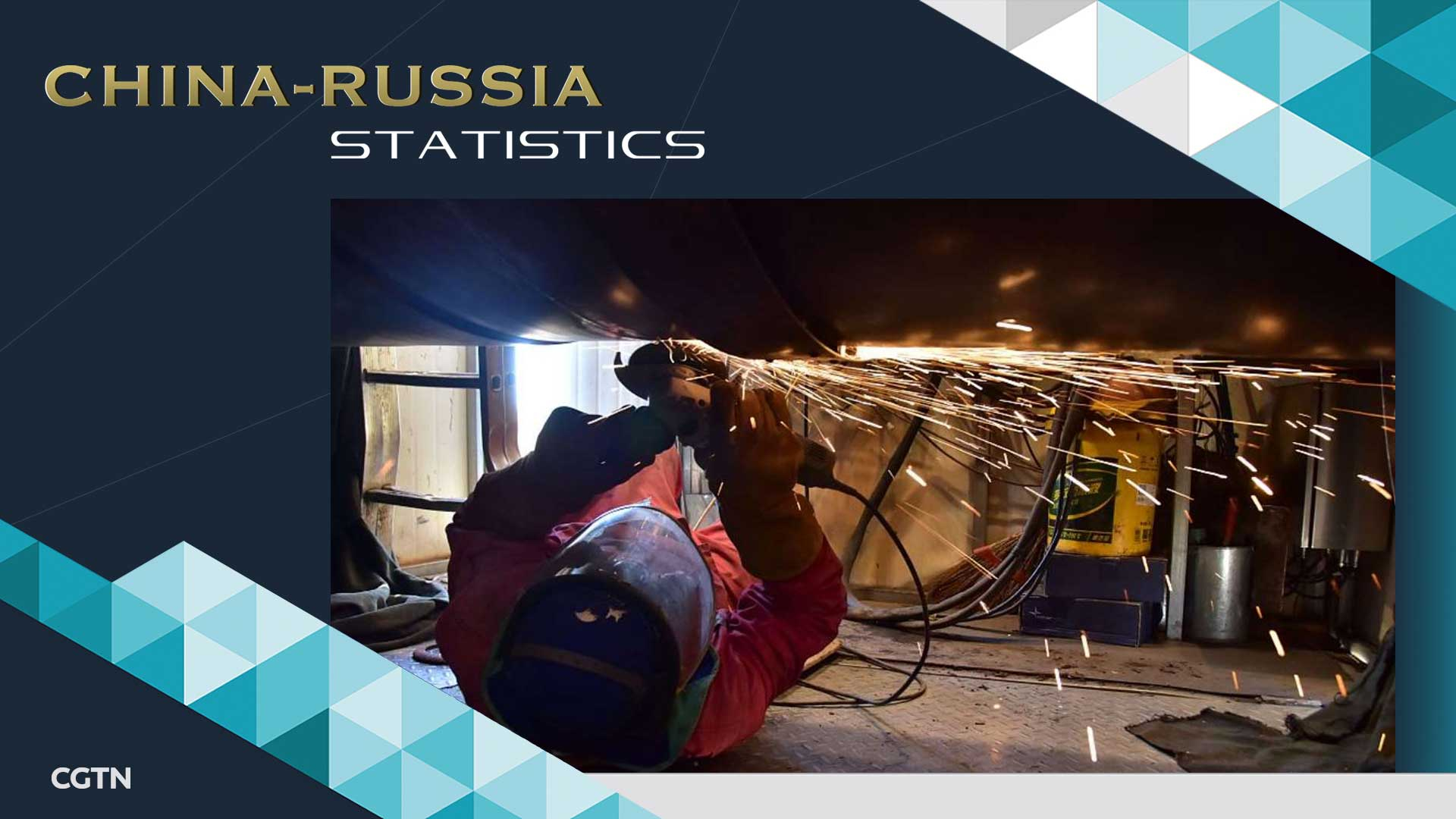
Technology
00:03, 06-Jun-2019
Nuclear power, gas and oil: Key projects in China-Russia energy ties
Updated
18:02, 06-Jun-2019
By Gong Zhe

As the China-U.S. trade war rages on, the Asian giant is getting closer to Russia, especially in the energy sector.
Russia has been China's largest oil supplier for three years, pushing up the total trade volume to more than 100 billion U.S. dollars.
CGTN Digital reviews some of the largest energy projects between the two countries to highlight how close the two countries stand together.
Oil pipeline
China, Japan and South Korea are large buyers of Russian oil. Long pipelines are built to transport the oil from Europe to East Asia. The most significant one is the ESPO pipeline also known as the Eastern Siberia-Pacific Ocean oil pipeline.
The pipeline starts from Tayshet central-south Russia and spans more than 4,800 kilometers to northeast China's oil city of Daqing. The project's first phase was finished in 2009 and the second phase in 2012. Russian President Vladimir Putin, who was then the prime minister of Russia, opened the pipeline in December 2009. This pipeline can supply about 15 million tons of oil every year.
Gas pipeline
China is trying hard to fuel its half-nation-wide winter heating program by only gas instead of coal to reduce air pollution. This ambition, together with other clean energy programs, has created a heavy demand for gas which is impossible for domestic companies to satisfy.
Hence, "Power of Siberia," one of the largest gas pipeline projects on the planet, has started to extend into China.
As CGTN reported in April, the pipeline's 99 percent work is finished and the gas supply will begin by the end of 2019.
The project is expected to benefit both sides as a large amount of jobs will be created.
Yamal joint venture on LNG
Liquefied natural gas (LNG) is another type of energy supply between China and Russia. The two countries created a joint venture in the Yamal Peninsula.
The Yamal LNG is significant in many ways. It is China's first large-scale energy cooperation project with Russia under the Belt and Road Initiative (BRI). It is located inside the Arctic Circle – which means it's very close to the North Pole.
In addition to pipeline transportation, the project also includes production of LNG.
China also built tankers to ship LNG through sea route – a path that was just found recently – thanks to China-Russia cooperation on Arctic exploration.
Nuclear power
The Tianwan Nuclear Power Plant is not new. It started in 1999 with many Russian engineers who had been working in China for decades.
Located in east China's Jiangsu Province, the plant has four units connected to the power grid with its total capacity exceeding 4,000 megawatts.
Two more reactor units are being built now and two additional have been planned.
The two countries have agreed to build two more power plants in northeast China's Liaoning Province, which will further bring clean and massive energy for China's development.

SITEMAP
Copyright © 2018 CGTN. Beijing ICP prepared NO.16065310-3
Copyright © 2018 CGTN. Beijing ICP prepared NO.16065310-3